This week there were several discussions about dark romance and erotica.
Again.
It’s also known as transgressive fiction.
Or rape fiction. Or more derisively “rape as romance” as it’s called in the romance community. Some of these discussions concerned the nature of trigger warnings, and how to make those warnings as potent as possible. This is for the protection of readers who want to avoid these stories, which I fully support. And though I do think the term and the warnings themselves have been abused somewhat, this isn’t about dismissing their usefulness.
No, this is about how for some people, no matter how much caution tape you put on a thing, it’s not enough. Outrage is intoxicating. People can, and will, stumble through that tape on purpose, as if they were moths on a collision course with a perfectly avoidable flame.
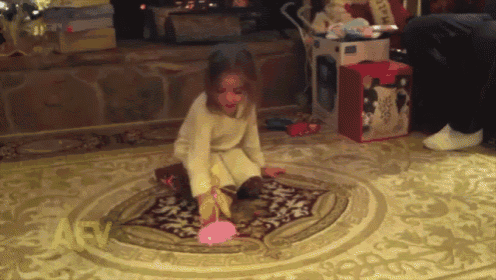
Trigger Warning: Toy is incredibly self destructive and will ruin your Christmas or birthday in hilariously macabre fashion.
It doesn’t matter that readers looking for these dark stories are perfectly fine with the trigger warnings used. That they’ve done their research well enough to find them with ease, and know what they’re getting into. People against the existence of transgressive fiction aren’t convinced.
That’s not romance, they say, when what they mean is it’s not healthy romance. Doesn’t matter if it ends with a happily ever after. A rape as romance story on principle shouldn’t be written, and certainly shouldn’t end happily. It’s not afforded a reprieve because it’s fiction. Confirmed consent rests with the reader if not the characters in the story, but that won’t suffice.
That is the kink people signed up to read when looking for dark books, but that’s not okay. To these individuals fiction, they say, informs people’s actions rather than the other way around. And so a trigger warning is just a scarlet letter on a transgression that never should’ve happened. Turns out, its not the separate but equal branding naysayers claimed it would be.
Transgressive stories have been around much longer than the rules of modern publishing. Happily Ever Afters weren’t the required ending of the fairy tales that spawned the term. What we now call fairy tales and romance is the result of a public relations overhaul. Fairies, after all, were some vicious creatures who specialized in duping humans. They forced humans to make deals under duress. Fairies gave zero fucks about consent.
But then, that’s the beauty of this day and age. Want to read those original terrifying stories about the fair folk? You can. Want the sanitized versions? Check out a Disney flick. These are choices we’ve never had before with such abundance. So why are we trying harder than ever to limit our choices because of disagreement? Why have we cast fiction as more insidious than real life itself? Why are we telling artists to only paint with certain colors on the emotional color wheel? Why are we telling our readers – and make no mistake they are our readers due to the overlap in audiences looking for good art – that they should be ashamed for wanting to specifically read dark romance and erotica?
There are numerous trigger warnings — sometimes with a laundry list of topics and themes recorded. People who hate those themes still read the books, and still leave scathing reviews despite the warning. Which is is their right. But… People treat these stories almost like a dare.
“Read at your own risk! And oh boy, I hope you risk it!”
“Are you triggered by certain themes? Well let me tell you, this book is super triggering! Don’t believe me, huh? Huhhhh? Read and find out just how traumatized I want to make you!”
Dark romance, however, is not a dare. And the trigger warnings aren’t a dare either. They’re the truth afforded the consumer, and they are a courtesy. Indie publishing makes more concessions than just about any other artistic platform. Definitely more than traditional publishing makes considering how few trigger warnings they use. We live in a world where a woman’s sexual fantasies, written in her own words, for other women to read, is still a reason to be apologetic. If we’re not ashamed, it’s viewed as an affront to good-minded people. And even when we’re off in our own little corner, it’s still not enough.
That’s why trigger warnings, no matter how well done, explicit or creative, long or short, will never be enough for some readers. They treat it, and dark romance and erotica, like a dare. Like a perverted desire on the part of the artist to offend. Like a scam to take unearned dollars reaped from a reader’s pain. Like a shame that should remain secret for the reader. Like something to hide from outsiders — particularly men — looking for any excuse to finger wag at romance and erotica, and women by proxy.
But who are we protecting here with these safe spaces that ironically aren’t safe for dark romance and erotica writers and readers? What about safe spaces for the readers who are rape survivors and find catharsis in transgressive fiction? What about the safe spaces for rape survivors who write their way through the trauma? Who share for those specifically looking for their perspective in story form?
What about the women who will have rape fantasies, assaulted or not?
When are we going to place trigger warnings on all the discussions that paint them as bad people for not being ashamed of their sexual desires? When are we going to let women surmount this societal shame in peace, with a consensual experience they can control in book form? Why are these women not encouraged to use characters as surrogates, in the same way the HEA crowd uses romance to surmount the darkness and uncertainty of real life?
The trigger warning is an invitation to turn around if you don’t want to read a story. With reviews, samples, trigger warnings, and countless discussions about the meaning of “dark”, there’s no excuse for wandering into that creepy house on the hill. Everyone said it’s haunted. There are other houses that are more inviting. So blaming the architects and builders for the scare you received after ignoring the “BEWARE” sign makes no sense. Don’t go in the house. No one is forcing you to wander inside if you’re afraid of the dark.
They’ve always been here, these dark, taboo reads. Just like women writers have always been here. Just like PoC writers. Just like LGBTQ+ writers. Human beings use stories to traverse their own psyches. We stumble onto the same themes over and over because we share a collective unconsciousness. And yet we all have a unique perspective. If you would stand for a woman’s right to read the fluffiest, most conventional romance novel, then you can stand to give the dark stuff you despise a wide berth. And if you do stumble onto it without warning, you can close the book and leave a review. That’s the real power of fiction. We have power over it. Even when every other facet of our lives has power over us.
Dark romance and erotica is not a dare. It’s a genre. All that’s missing now is a damn category on Amazon. Considering how much money they make off the genre, and romance as a whole, they should get on that.

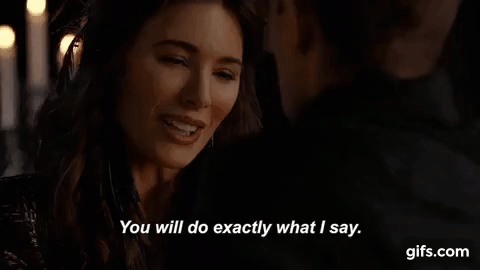
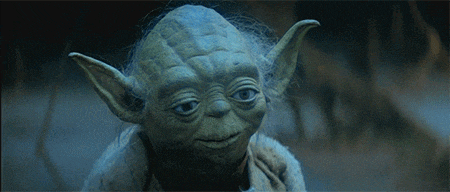
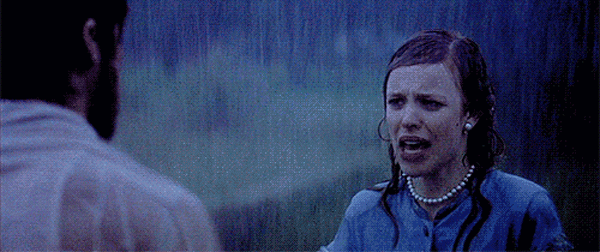

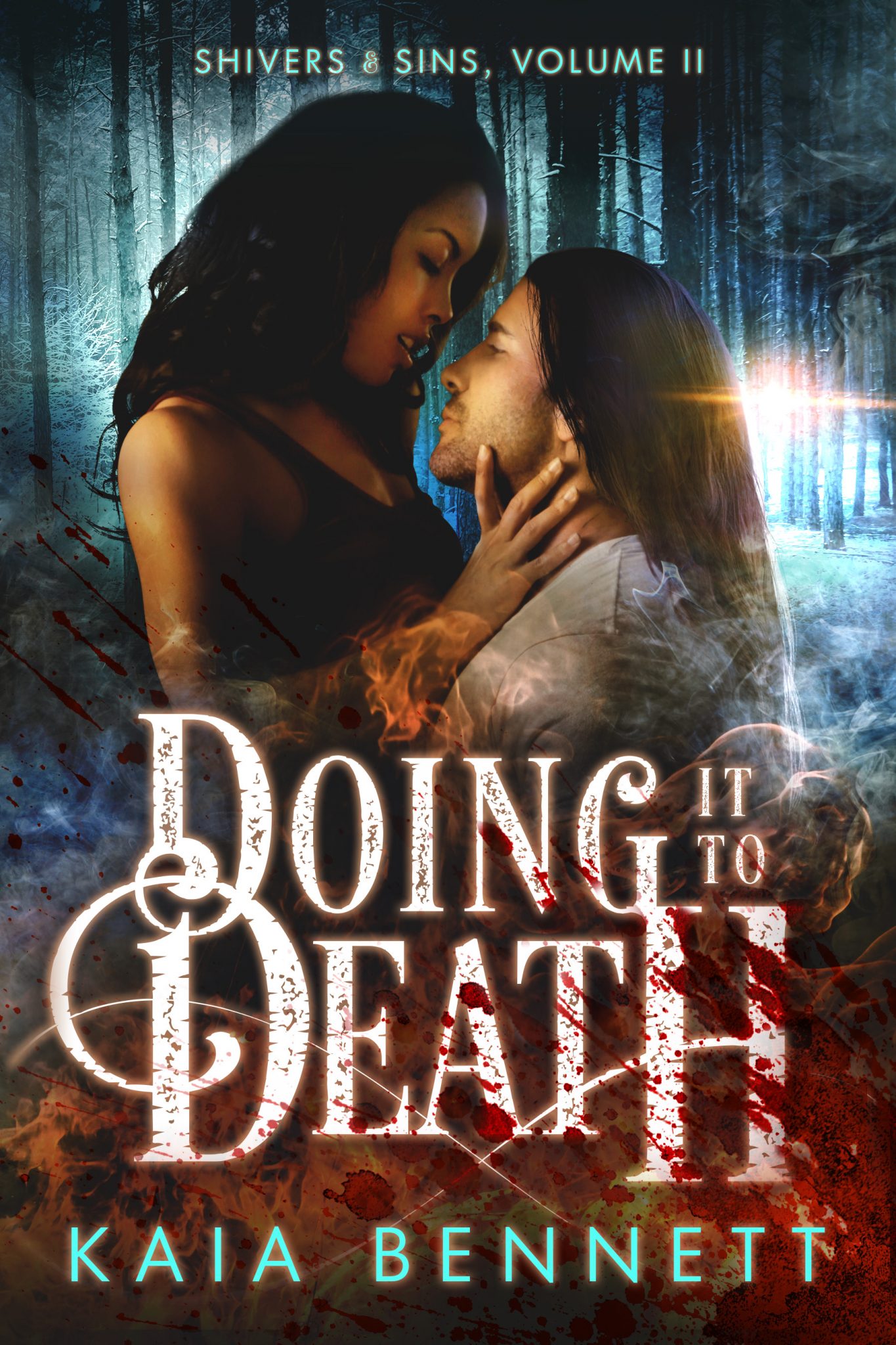
My muse in thus madness
Lol, I’m glad it sparked the muse. Thanks for reading!
I recently read a book that was kinda dark and there was a warning label but she urged readers to not read it if the they could not handle the labels. I am a dark reader and it was a really good book. But I left my review and saw other reviews trashing the book. I was upset and I didn’t even write the book. I don’t know why some people refuse to beware the labels. Just like you said, you know the house is haunted, and you’re afraid, so why enter? This was a good post.
Hey Crystal! I’m glad you liked the post. Sucks that people trashed the book you read for content mentioned. No matter what you write some just won’t like it, that’s part of the gig. But if you were able to find and enjoy the story that’s a win I think. Eventually I hope there are categories and tags made to mitigate some of this, but I don’t know how much that will change things if people still seek out and read dark stories with warnings, though.
Kaia, I have a question for you personally as an author. Do you prefer to put warning labels on your books? I was at an author convention and this topic came up. Some authors do not like to. I want to know your thoughts.
Hmm… That’s a good question. Personally, I don’t mind having a warning on my work, though I do feel like I should have a say in its presentation. Part of the reason I don’t dislike them outright is that they help readers who do want dark content find the books, in a way tags or lack of categories can’t. And it does afford a kind of buffer zone for outrage. Even the people who hate Die By the Drop, for example, have to say — and have said — “Well, she warned us it would be dark”. *Kanye shrug*
If they couldn’t finish my book they said why. If they couldn’t put it down despite hating it, I think I did my job in telling a decently crafted story. But none were able to say I dropped them into a snake pit without posting a sign that said “Beware, there’s a pit ahead and you will get bitten by what’s inside.” None could say I dropped them into the tale unawares or that I spoiled the experience for them if they wanted to traverse the story like Evie does. They got to go on a vampire road trip without an itinerary like the protagonist, and that’s half the draw of the story.
I try to make concessions for both audiences, and to meet readers in the middle. I suppose I don’t mind warnings period because I spend a lot of time in other people’s heads trying to understand choices I myself wouldn’t make or agree with.
But I get why some new authors either don’t know certain readers want them, or feel like they can’t win for losing because there is no satisfying every reader when it comes to warnings. And I get why some veteran authors find them arbitrary. I find it annoying how romance and erotica is treated as a whole, and the expectations placed on it for the content and the artists writing it. But I’m used to that and try to navigate it as best I can from my singular perspective.
Thank you so much for this, Kaia. I feel sometimes like I’m shouting into a vacuum that no one is making *anyone* read dark romance. Reading it just to be a keyboard crusader in your review isn’t doing anything but damning the readers who enjoy it, and is a pointless and useless exercise meant only to be vicious. You captured all my thoughts more eloquently than I could have managed as steeped in frustration as I am! Thank you, thank you, thank you. <3
Hey Jennifer! Thank you so much for reading, and for the kind words! I totally understand that frustration and I’m glad this post came out well enough to address some of it. I do think it will get better and these stories will get a category of their own one day. Not sure if that will fix some of the more insidious issues like judgement and shame, but it would be a start, right? And my hope is that this post reaches people who maybe didn’t realize they were being vicious. I don’t think that’s the intention of every naysayer. I think some are just trying to be good people and get caught in the crossfire of society’s conflicting messages about sex and fiction. Maybe this will show another side. In the meantime we just write the best work we can and keep trying to get our books in front of the readers who want to read them. <3
I happen to adore dark. I understand what I am going to read. It is true that there are warnings so if you read than that is on you. Don’t bash those who enjoy them and besides it’s only a story unless otherwise stated. I love the emotions involved. The reason I read is to feel the story and characters. I feel for them but that is part of reading a story. Why would someone subject themselves to a book if it triggers something within them that is not pleasant? Damn if I know! Your article was great!
Hi Diane! Thanks for reading and commenting! I’m so happy to hear you liked the post. I suppose when it comes to the debate on whether trigger warnings are needed period, I can see both sides. On the one hand, many books previously didn’t have them even when the themes were dark. Some would argue that was damaging and that trigger warnings are a response to that. On the other hand, there are people who don’t like them, don’t think they’re needed precisely because they weren’t so heavily used in fiction before now, and are tired of getting spoiled by content that they don’t view as triggering. We all have to navigate dislikes I guess.
But when you get into parceling out what does or doesn’t make the hallmark of a proper trigger warning even when you list one, that’s where I get a little more definitive in my stance, and that’s what this post was about in part. I could go down the line and list every potential trigger and miss one, or spoil the story for a reader who doesn’t want specifics, or not get specific enough with the levels in the triggers. For example, if I list torture, do I list the kinds of torture? The amount of blood and if death follows the torture. What about readers who are fine reading most kinds of tortures but have a very specific torture trigger? Do genres like murder mysteries have to do that, or would that give the plot away? So I say the themes are dark and warn them not to read if they find certain topics triggering, knowing that upon research a reader will find all the information they want to their specifications. I’m like you, I love to dive head first into a character and experience the journey with them. That’s my perspective as a reader and how I try to write for a reader like you. <3